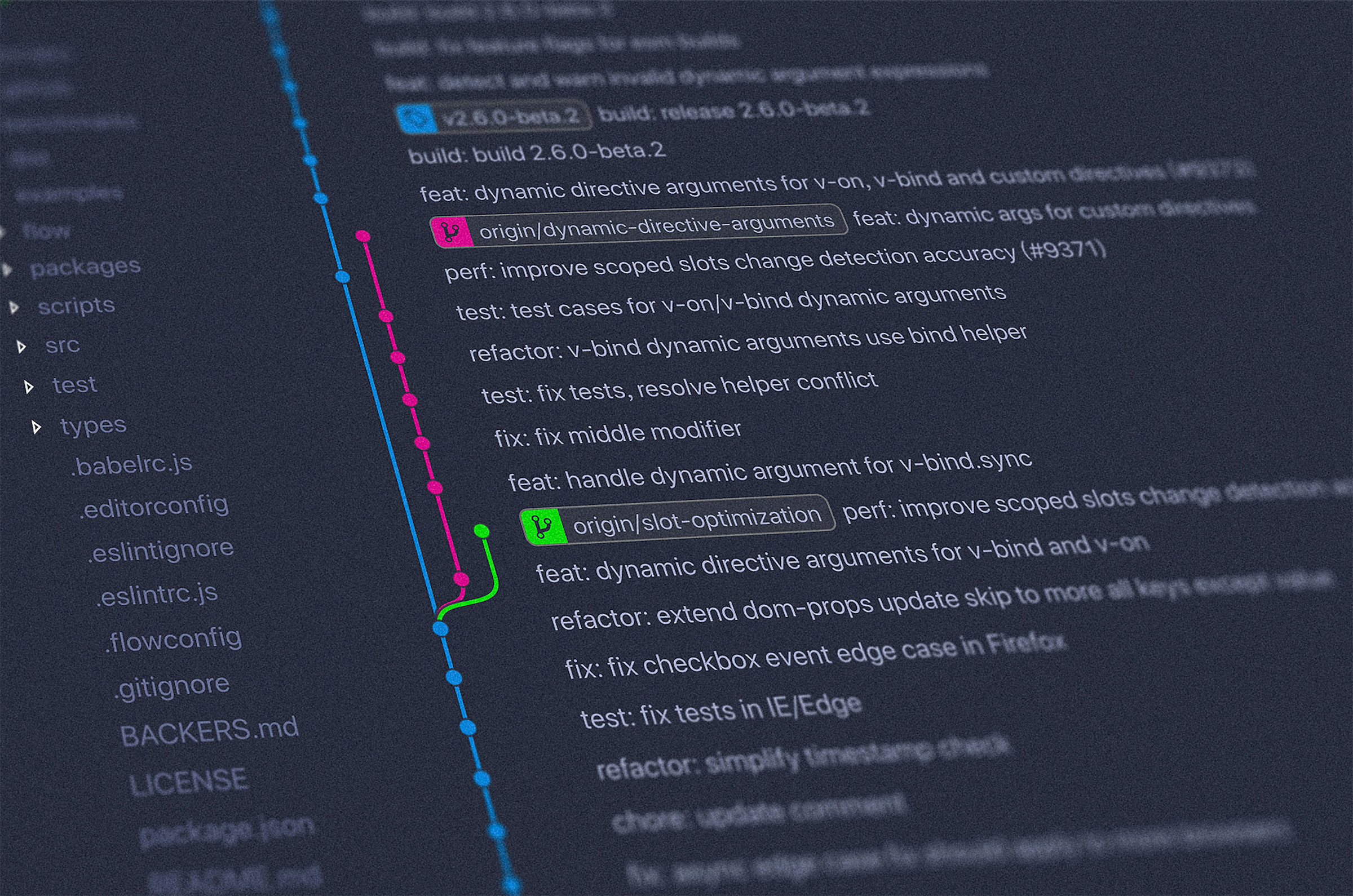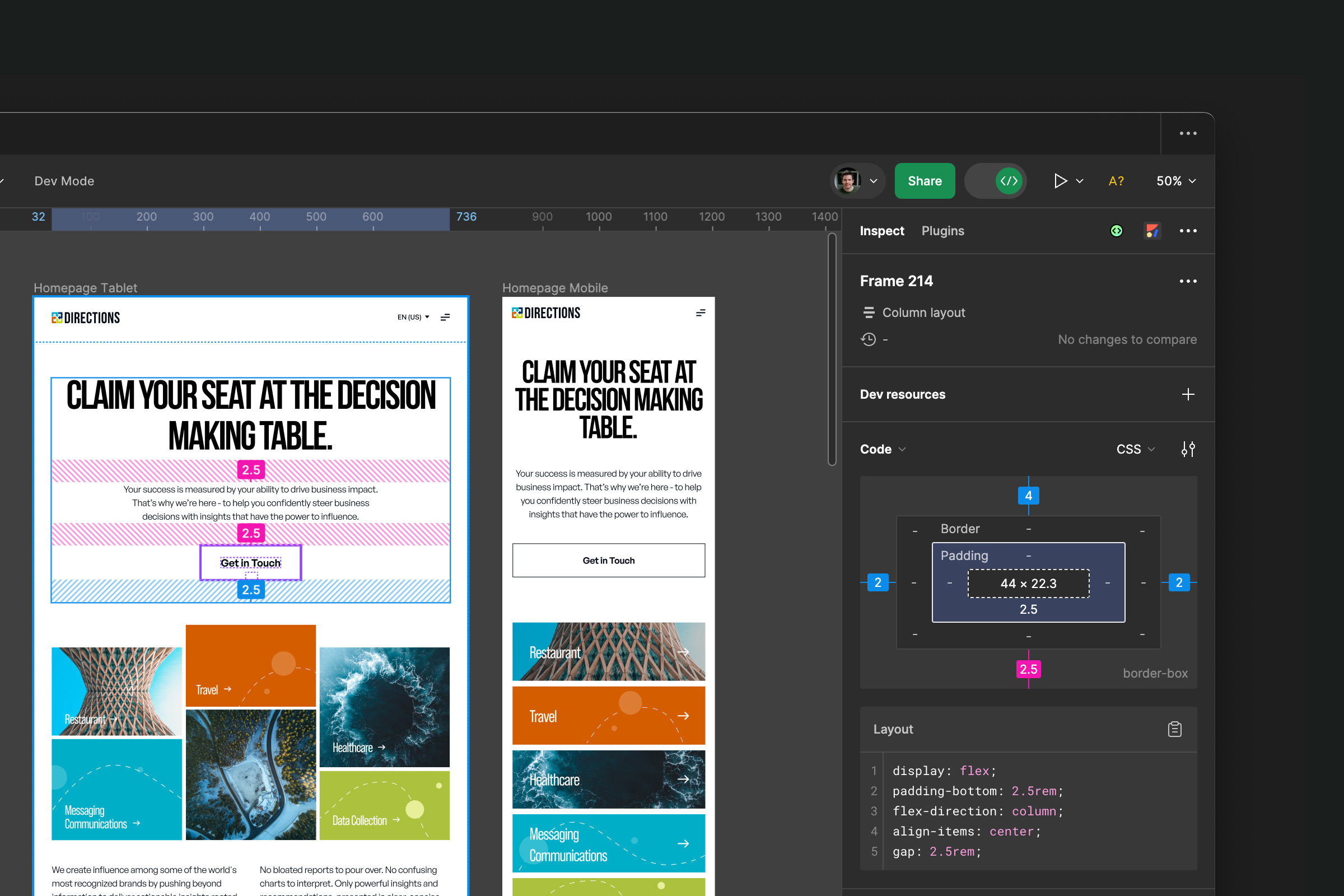Insights
5 Website Mistakes That Are Costing You Money
In today's digital age, having a website is a necessity for small and medium-sized enterprises (SMEs) looking to compete and thrive in their respective markets. A website is not only a platform to showcase products or services, but also a tool to generate revenue and increase brand awareness. However, many SMEs make common website mistakes that can be costly and hurt their bottom line. In this article, we'll discuss five website mistakes that could be costing you money, and how to fix them.
Outdated Design
An outdated website design is one of the most common website mistakes SMEs make. In today's fast-paced digital world, a website's design can quickly become outdated. A website that appears outdated can create a negative impression and turn potential customers away. A website that is not visually appealing can also affect a user's experience, leading to lower engagement and revenue.
Solution: To optimize your website's design, it is important to stay up-to-date with the latest design trends and best practices. A web design agency can help create a visually engaging experience that aligns with your brand and business objectives.
Slow Load Times
Another common website mistake SMEs make is having a slow website. A slow website can be frustrating for users and lead to a poor user experience. Additionally, slow load times can negatively impact search engine optimization (SEO), which can lead to a decrease in traffic and revenue.
Solution: To optimize your website's performance and load times, it is essential to reduce the size of image files, use a content delivery network (CDN), and optimize the website's code. These measures can improve website speed and user experience.
Lack of Mobile Optimization
In today's digital age, mobile optimization is a must-have for any website. With more and more users accessing websites on mobile devices, having a website that is not optimized for mobile can lead to a poor user experience and lower engagement. Additionally, having a website that is not mobile-friendly can negatively impact SEO.
Solution: To optimize your website for mobile, it is important to use responsive web design. Responsive web design ensures that your website is optimized for any screen size, providing a consistent user experience across all devices.
Poor Content
Content is an essential aspect of any website. Poor content can negatively impact a user's experience and lead to lower engagement and revenue. Additionally, poor content can negatively impact SEO, leading to lower search engine rankings and lower traffic.
Solution: To optimize your website's content, it is important to create high-quality, engaging content that aligns with your brand and business objectives. A web design agency can help create engaging content that is optimized for SEO and user experience.
Ignoring Conversion Rates
Conversion rates are essential to generating revenue from your website. Ignoring conversion rates can lead to missed revenue opportunities and a lower return on investment (ROI).
Solution: To optimize your website's conversion rates, it is important to continually analyze and test website elements such as call-to-action (CTA) buttons, forms, and landing pages. By analyzing and testing website elements, SMEs can identify and fix website elements that are hindering conversion rates and increase revenue.
In conclusion, optimizing your website is crucial for generating revenue and increasing brand awareness. Common website mistakes such as outdated design, slow load times, lack of mobile optimization, poor content, and ignoring conversion rates can be costly for SMEs. By optimizing your website's design, performance, user experience, and content, and focusing on conversion rates, SMEs can increase revenue and stay ahead of the competition.


























.jpeg)

.jpg)


.jpg)



.jpg)